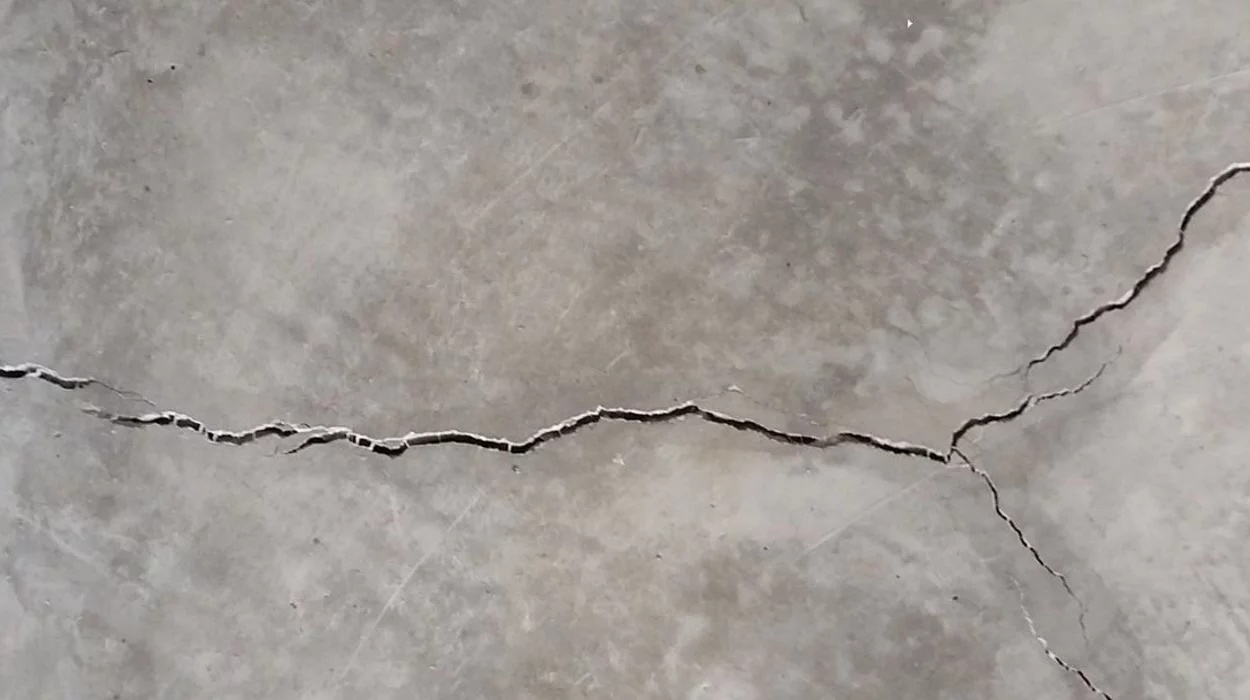 The ice-cube effect occurs in block foundations.
The ice-cube effect occurs in block foundations.
Water seeping through a crack on the exterior will find its way to the lowest point.
Blocks have hollow cells, and when the blocks are stacked to form foundation walls, the hollow cells of these stacked blocks form hollow columns down to the footing. Water that has seeped through cracks into a block, will fill up cells and columns; this water may evaporate, slowly, over time.
When a large amount of water enters the backfill outside the foundation wall, in a short period of time such as during a storm, or generally with a higher water table in the region, or during winter thaw, the leak on the exterior will continue and the water accumulates, filling a single cell at the bottom-most block. This water will continue to collect, and depending on the quality of the original masonry, it may collect vertically in the same column, or it may spread laterally. As soon as a weak point is found between adjacent columns, water will spread to the next column over.
This process continues, and can lead to leaks on the interior side of the blocks, several feet away. The horizontal spread may extend to another basement room from the point where the leak exists on the outside, as we have seen in some cases where a window well crack is near a framed wall, and the ice-cubing affects the whole wall, and around a corner. Water will find the weakest point. It will continue to spread until it finds the nearest weak point, even a pin hole, on the interior.
 One such project included multiple leaks and a full basement interior wrap. We filmed the drilling drainage holes into the bottom of the lowest blocks to release any standing water. With the drainage holes, we eliminate the ice-cubing effect for a concrete block foundation, permanently.
One such project included multiple leaks and a full basement interior wrap. We filmed the drilling drainage holes into the bottom of the lowest blocks to release any standing water. With the drainage holes, we eliminate the ice-cubing effect for a concrete block foundation, permanently.



